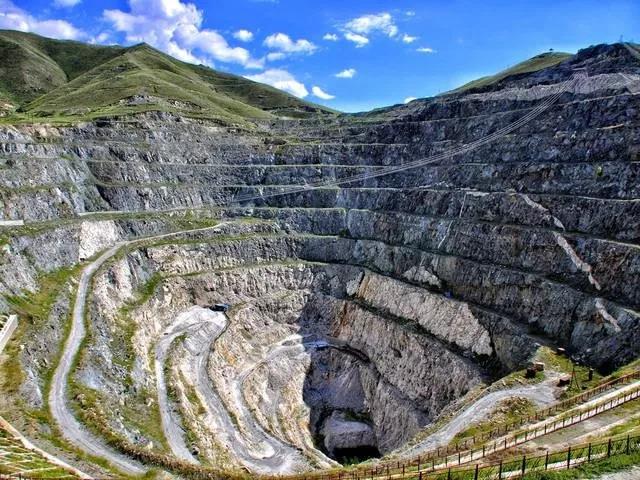The World's Rare Pegmatite-type Rare Metal Deposits and Mining Relics
Keketuohai is the first
cradle of China's non-ferrous metal industry. In the 1930s and 1940s, eight
rare metal deposits were discovered in Keketuohai, of which the No. 3 vein had
a reserve of the majority of rare metals. The No. 3 vein is shaped like a solid
straw hat composing a gently inclined tabular vein and a vertical cupola. With
nine complete and clear mineral zonations, it currently stands as the largest
and most typical pegmatite-type rare metal deposit in the world. As many as 86
kinds of minerals, including 26 kinds of rare metal minerals, have been found
in this vein. Notably, it has the largest beryllium resources in China and also
ranks top in the world in terms of tantalum, lithium, and cesium resources. It
is known as the "museum of geology and mineral resources". After
mining, a magnificent mine pit with a diameter and a depth of respective 250
meters was left. It was known as the "meritorious mine" in the
geological community due to its unique scientific value and historical
contribution.







